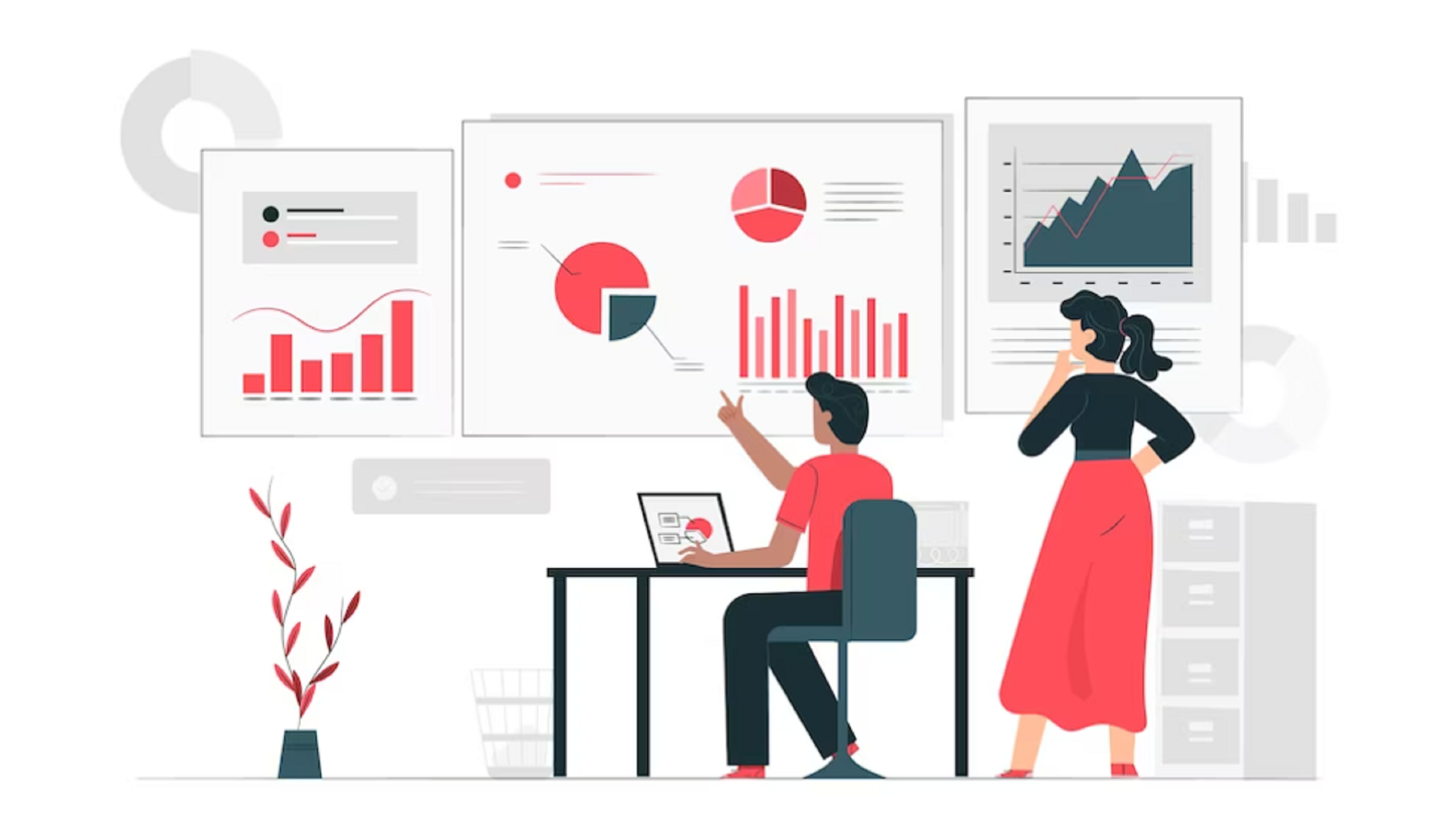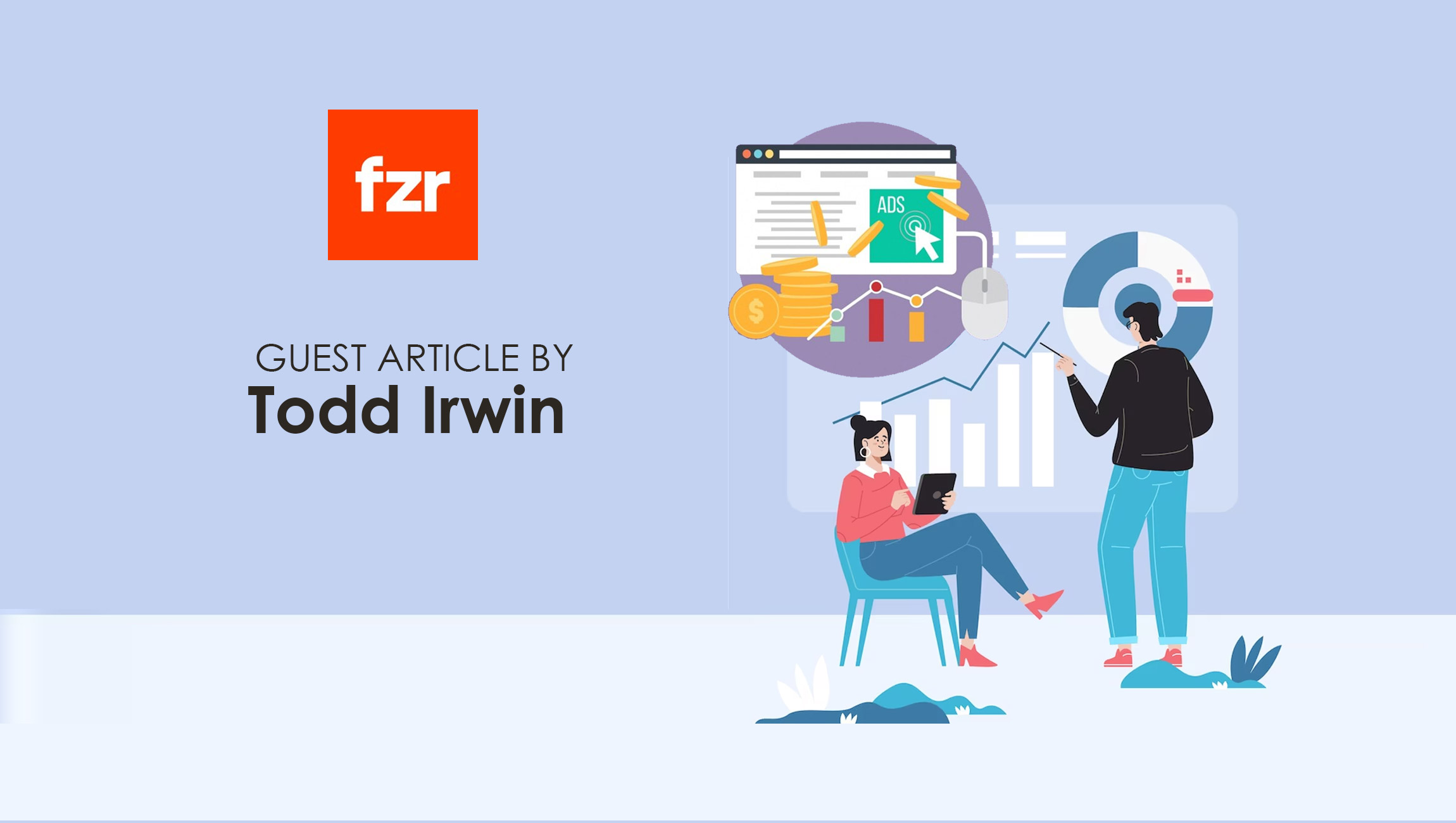Data–the lifeblood of marketing and sales
In the digital age, data is no longer just important in marketing and sales; it’s the lifeblood. Every interaction, click, purchase, and preference leaves a digital footprint, and harnessing this information is crucial for success.
Data-driven marketing attracts personalized campaigns, allowing businesses to segment audiences based on demographics, interests, and behaviors for maximum impact. By tailoring messages and experiences to individual preferences, companies can foster deeper engagement and loyalty, akin to having a virtual assistant attuned to every customer’s needs. Moreover, data-driven strategies enable real-time campaign optimization, maximizing return on investment (ROI) by identifying successful tactics and minimizing resource waste. This predictive capability extends to sales forecasting, leveraging historical data and buying patterns to optimize inventory, staffing, and marketing budgets. Additionally, understanding the customer journey through data analysis allows for continuous improvement, smoothing out interactions, and enhancing satisfaction at every touchpoint. By recognizing and rewarding loyal customers with personalized offers and incentives, businesses can build stronger relationships, driving repeat business and referrals.
However, the utilization of data can be a complex endeavor, and if mismanaged, it has the potential to adversely impact your business.
What is bad data?
In the context of marketing and sales, “bad data” refers to information that is inaccurate, incomplete, outdated, or irrelevant, hindering its usefulness for personalized efforts, campaign optimization, and accurate analysis. It’s like trying to cook a gourmet meal with expired ingredients; the outcome might be disastrous.
Here’s a breakdown of the various forms of bad data:
- Inaccurate Data: This includes typos, formatting inconsistencies, duplicate entries, and incorrect information like email addresses or phone numbers. Imagine sending emails to outdated addresses or targeting ads based on the wrong demographics.
- Incomplete Data: Missing fields, partial information, and a lack of context render data incomplete. Think email addresses without names or purchase records without product details.
- Outdated Data: Information that hasn’t been updated in a long time becomes irrelevant. Customer preferences change, and relying on old data leads to inaccurate assumptions and ineffective outreach.
- Irrelevant Data: Data unrelated to your target audience or business goals is just noise. Imagine collecting information about someone’s favorite music when you’re selling sports equipment.
The consequences of bad data are numerous:
Bad data can have a disastrous impact on your personalization efforts, leading to frustrated customers, wasted resources, and ultimately harming your business. Here’s a breakdown of its negative effects:
Frustrated Customers:
- Irrelevant recommendations: Imagine suggesting hiking boots to someone living in a city or baby products to someone who recently purchased maternity clothes. Bad data fuels irrelevant recommendations, leaving customers feeling alienated and ignored.
- Broken experiences: Imagine a customer receiving “Happy Birthday” emails months after their actual birthday. Outdated data creates inconsistencies and ruins personalized experiences, breaking trust and damaging your brand image.
- Privacy concerns: If bad data leads to data breaches or misuse, customers lose trust and feel their privacy is violated. This can damage your reputation and lead to regulatory fines.
Wasted Resources:
- Ineffective campaigns: personalized campaigns based on bad data miss the mark, reaching the wrong audience with irrelevant messages. This results in wasted advertising spending and missed opportunities.
- Inefficient operations: Analyzing inaccurate data leads to flawed decisions and inefficient resource allocation. Imagine optimizing inventory based on the wrong purchase history, leading to overstocking or understocking.
- Missed opportunities: Bad data blinds you to valuable insights about your customers, hindering your ability to identify trends, personalize effectively, and optimize offerings.
Wider Business Impact:
- Decreased customer engagement: Frustrated and disappointed customers disengage, leading to churn and reduced loyalty.
- Damaged brand reputation: Inaccurate personalization and privacy concerns hurt your brand image, eroding trust and potentially impacting sales.
- Regulatory issues: Non-compliance with data privacy regulations like GDPR can result in hefty fines and legal repercussions.
Marketing Technology News: MarTech Interview with: Tyler Moebius, CEO at SmartMedia Technologies
What separates good and bad data?
The line between good and bad data can sometimes feel blurry, but a few key factors differentiate them, impacting their usefulness in marketing and sales. Here’s what separates the good from the bad:
Accuracy:
- Good data is free from errors, typos, and inconsistencies. Contact information is valid, demographics are accurate, and values are truthful. Imagine sending targeted ads based on the correct age groups instead of relying on outdated birthdates.
- Bad data: contains errors, duplicates, and missing information. Imagine emails bouncing back due to incorrect addresses or targeting the wrong gender based on inaccurate names.
Completeness:
- Good data: Provides a holistic picture, including all relevant details and attributes. Purchase history includes product details, customer profiles have complete information, and surveys contain all answered questions.
- Bad data: lacks necessary information, making it difficult to draw meaningful conclusions. Imagine analyzing incomplete purchase records, missing product categories, or relying on surveys with half-answered questions.
Relevance:
- Good data is directly connected to your target audience and business goals. Demographics align with your buyer personas, website analytics track relevant user interactions, and customer feedback pertains to your products or services.
- Bad data is irrelevant to your business or audience. Imagine collecting data on political affiliation when selling kitchen appliances or tracking clicks on unrelated website sections.
Timeliness:
- Good data is updated regularly to reflect current information. Customer preferences evolve, products change, and addresses might shift; hence, regular updates are crucial.
- Bad data: outdated and no longer reflects reality. Imagine basing marketing campaigns on outdated demographics or using purchase history from years ago to predict future trends.
Security and Privacy:
- Good data is protected with robust security measures and handled ethically. Access is restricted, encryption is used, and user consent is obtained.
- Bad data is exposed to security risks or handled in ways that violate user privacy. Imagine data breaches exposing sensitive information or using data for purposes beyond user consent.
Remember: good data isn’t a binary state. It exists on a spectrum, and your needs might necessitate different levels of quality depending on the specific use case. However, by striving for data that is accurate, complete, relevant, timely, and secure, you can maximize its potential for successful marketing and sales efforts.
Tools turning the tide
Thankfully, there are several resources to aid in the meticulous management of your data, ensuring it serves your business rather than becoming a liability:
- Data cleansing software: These invaluable tools act as digital detectives, meticulously scanning your data to identify and rectify errors, inconsistencies, and duplicates, ensuring its accuracy and reliability.
- Customer data platforms (CDPs): Serving as custodians of your data, CDPs integrate information from diverse sources, providing a comprehensive and unified view of your customers, enabling more informed decision-making and personalized engagement strategies.
- Machine learning tools: Utilizing advanced algorithms, these AI-powered detectives delve into your data, uncovering patterns and anomalies that may require further investigation, enabling proactive problem-solving and optimization of business processes.
- Data governance tools: acting as guardians of data integrity, these tools enforce compliance with regulatory requirements and internal policies, safeguarding against data breaches and ensuring ethical and responsible data practices across your organization.
By leveraging these tools effectively, businesses can navigate the complexities of data management, maximizing its potential to drive growth, innovation, and customer satisfaction on a global scale.
Go beyond tools; build a data-centric culture
Beyond merely employing tools, fostering a robust data-centric culture entails a fundamental shift in mindset and practices.
- Prioritize data literacy: Empower your team with the knowledge and skills to comprehend the nuances of data quality and its significance in achieving effective personalization strategies. By enhancing data literacy across the organization, employees can make informed decisions and leverage data effectively to drive business outcomes.
- Emphasize data governance: Establishing robust data governance practices is essential for ensuring the integrity, security, and ethical usage of data. Define clear policies and procedures governing data collection, storage, and usage to minimize risks and promote compliance with regulatory requirements.
- Cultivate transparency: Building trust with customers requires transparency in how data is collected, stored, and utilized. By openly communicating about data practices and providing customers with control over their information, businesses can foster trust and enhance the customer experience. Embrace transparency as a core value, demonstrating a commitment to ethical data handling and respect for individual privacy rights.
Incorporating these principles into your organizational culture can lay the foundation for a thriving data ecosystem, enabling you to harness the full potential of data to drive innovation, enhance customer relationships, and achieve sustainable growth on a global scale.
Conclusion:
In conclusion, data is more than just important in marketing and sales; it’s essential. By using it responsibly and ethically, you can unlock immense potential for targeted campaigns, personalized experiences, improved performance, and stronger customer relationships. Remember, it’s not just about collecting data; it’s about using it wisely to fuel your success
Marketing Technology News: Top challenges product-based SaaS marketers face when it comes to Inbound Marketing











